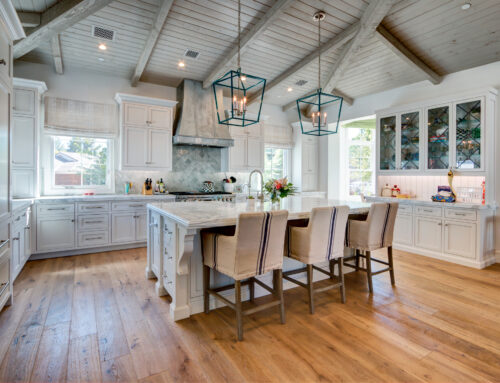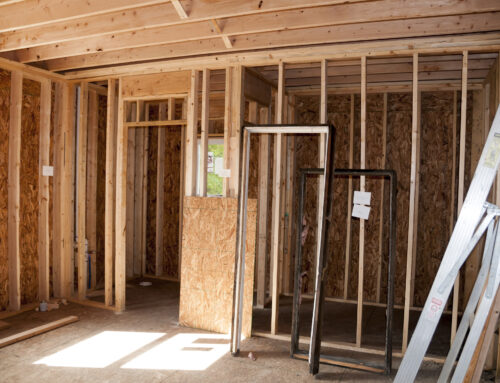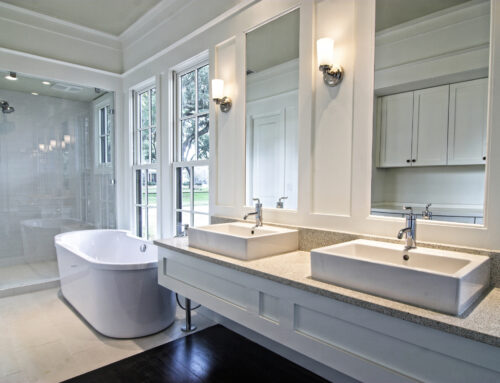White-Box Construction Safety Checklist
White-box construction is typically for commercial properties in a state between previous (or new) construction and a future renovation. Landlords seek white box construction (usually converted from previous occupant construction) to attract new tenants prior to full TIs (tenant improvements). The white (or vanilla) box is a clean, basic construction template allowing future occupants to visualize their branding, custom construction and furnishings in the interior space for the future. The white box includes concrete flooring, white painted walls, electricity, restrooms, running water, HVAC – the basics.
White boxes, like other construction, require building safety. So what is a good white-box construction safety checklist?
- Handling or even just being around electricity can be hazardous – on a building site, only electrical devices for heavy construction usage should be used. Only grounded power cables and electrical devices should be used. And the power lines nearby should be found and identified.
- Construction sites often have hazardous materials – and these should be labeled with the applicable graphics and warning signs. Workers using hazardous materials should have proper emergency training for usage.
- Forklifts and other heavy equipment should be handled by workers with a lot of experience. If certain vehicles require certifications or licenses for operating, the operators should meet those requirements.
- Scaffolding and ladders should regularly have inspection to help prevent falls. Falls can be medically serious – therefore you want to make sure the manufacturer’s weight limits are kept. It is also important to ensure that the scaffolding and ladders are new enough to still be good for working – and they should not be used during faulty weather. And finally, ladders and scaffolding should always be far from power lines – at least 10 feet away.
- White-box construction sites could have a lot of potential spaces for falls. Guard rails should be constructed in high open spaces. And there should be coverings on large holes to prevent falls there.
- Proper face and body safety gear should always be worn on construction building sites. Good examples include safety glasses or face shields. These especially should be worn when there are activities which could potentially turn work items into projectiles and be near workers’ faces – activities such as nailing, cutting, welding, etc. For most building site activities, strong gloves should be worn. Additionally, hard hats should be worn any place where elements could potentially fall from above. Shoes or boots should have strong soles since dangerous items such as loose nails can be found on the building site grounds. Boots or shoes should also be worn with toe reinforcement, such as steel-tipped toes.
Call Us Today! (832) 521-3215






